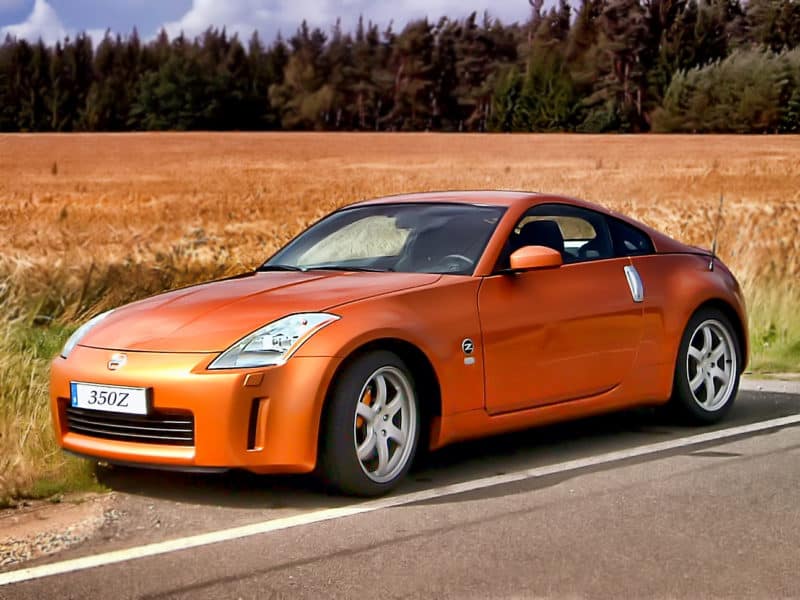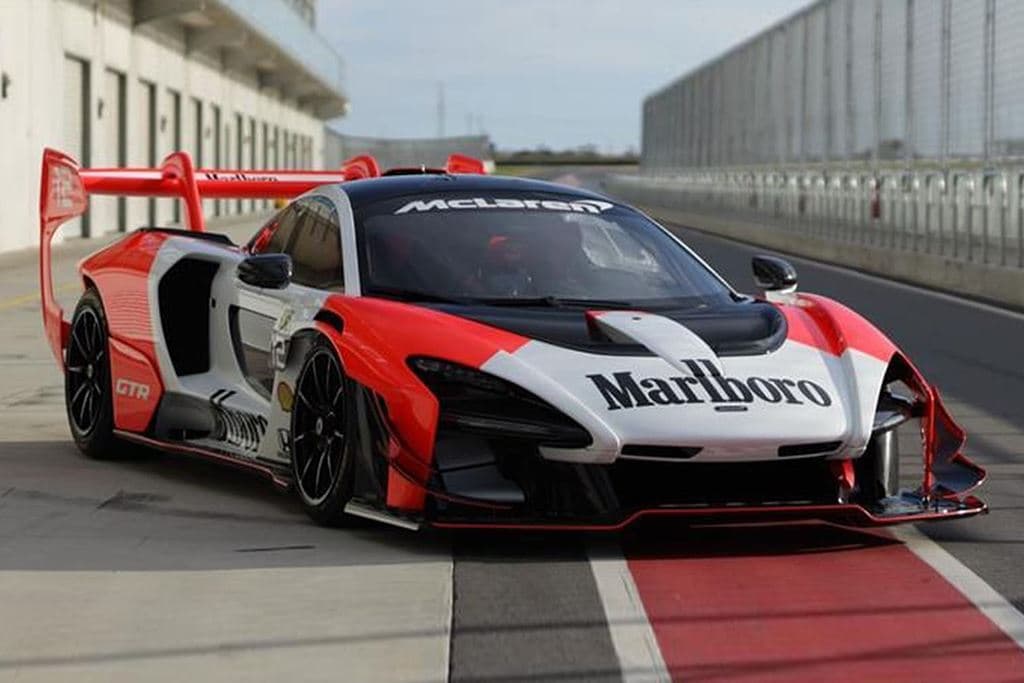
The huge displacement engines of the Detroit OEM's (previously known as The Big Three GM, Ford and Chrysler) were the catalyst for the rise in muscle car mania. In the mid-1960s, Japan and Germany invaded. These car manufacturers included Daimler, Volkswagen, and Toyota, while Japanese carmakers included Nissan, Mazda, and Mitsubishi. This invasion gave birth to the first truly American muscle cars.
1970 Chevrolet Chevelle SS 454 LS6
One of the best examples of a modern muscle car is the LS6 engine found in the 1970 Chevrolet Chevelle. GM rated LS6 at 450 horsepower, but real-world numbers place it closer to 500. The LS6 engine has a huge torque curve that is unmatched by any other horsepower rating. It was admired by drivers throughout history. Big-inch motors produce a tremendous amount of torque that can shred tires. The Chevelle LS6 was a monster at the track.
During the horsepower wars between the 1960s and 1970s, the LS6 was the engine that won the day. The Chevrolet Chevelle SS454 LS6 engine was the secret weapon during the 1970 muscle car fight. Although the big engine in the Ford 428 cobra jet, Chrysler's 440 wedge and Dodge 426 Hemi were all big ones, the LS6 option was available only for a single model year: 1970. Buick also made a 455 cubic-inch (7.46L) engine available in its 1970s.

1970 Plymouth Duster
The performance-oriented, compact 1970 Plymouth Duster was a muscle car that put bigger cars to shame. This small car featured a 340 cube-inch V8 and a sporty design hood, which pushed the boundaries of performance. Its hood scoop and front end sheet metal were also similar to the Valiant, but it was distinguished by the cowl-back design. Duster models began at $2,172 in 1970 and could be purchased as either a two-door coupe, or sedan.
The Plymouth Valiant duster was the most iconic model in the line. It was introduced for the 1970 model year and sold for seven years. The 340 cubic-inch V-8, which produced 275 horsepower, was the most powerful. Two slant sixes were available, as well as a 318-cubic inch V-8. The most popular brand was the sporty Plymouth in 1970. Despite the fact that it was affordable, many buyers loved its performance.
1970 Coronet Super Bee
The 1970 Coronet Super Bee is one the most famous cars ever made. It has unstoppable power and stunning looks. In addition to the killer looks, this Dodge muscle car has an outstanding restoration that is spotless and detailed. Future Classics can help make your dream of owning this iconic car a reality. The restoration process can be started by our team of experts.
This iconic muscle car belonged to the Scat Pack. Its original nose design was completely changed and its base cost was decreased to $3074. The car's paint colors, such as Panther Pink, were designed for maximum impact. This color was only used on a few cars, making it rare. Despite this unusual style, sales dropped in 1970.

1970 Pontiac Trans Am SD-455
The 1970 Pontiac Trans Am muscle car is one of the most sexiest. This supercharged four cylinder engine produced 290 horsepower (270 PS) and was the first car with such a high compression ratio. This engine was developed by Pontiac engineers in the summer 1972. It became the basis for the SD-455 muscle car. Despite its high compression ratio the car only produced 290 SAE total horsepower.
A 16-year-old car enthusiast sought out a 36Kiilled survivor in spring 1977. The Trans Am was first American car with a sticker on the hood and was later driven by an extensive list of A-list celebrities. Burt Reynolds was the most well-known owner of a Trans Am, and he drove it on numerous movie sets. It's easy for us to understand why the Trans Am is the "Screaming Chicken".
FAQ
Does it really matter what college I choose?
Non, really. There are no differences between colleges when it comes to getting into the automotive industry. But, there are better programs at some schools than others. Look elsewhere if you want something more niche.
What qualifications do I need to be a truck mechanic?
Although you don't need to have any formal qualifications, your experience working with trucks and engines is invaluable. Your experience is invaluable as you know how to diagnose problems quickly and efficiently.
A solid understanding of diesel technology is also a plus. This will help you understand the components that are needed to fix our vehicles.
What is the length of an automotive training course?
A three-year course in automotive is required.
The first year is dedicated to theory and learning about cars. The second year is spent on practical training where you learn how to drive, fix engines, and do other mechanical jobs around the car. The final year is spent doing a placement at a local garage, which gives you experience in fixing real-world problems.
Statistics
- There were 749,900 jobs available for automotive service technicians and mechanics in 2016, which is expected to grow by six percent through 2026. (jobhero.com)
- According to the BLS, total auto technician employment is expected to exceed 705,000 by 2030. (uti.edu)
- According to the BLS, the median annual salary for automotive service technicians and mechanics in the United States was $44,050 in May 2020. (uti.edu)
External Links
How To
How to make a business plan and start a repair shop
Before you can do anything else, it is important to have a solid understanding of how to begin a business. The first step is to make sure that you understand what type of business to get into. Start your business in a small, isolated town. If things don't go according to plan, you won’t have to look hard for another job. If you decide to open your own auto repair shop, then you'll probably want to choose a location near a large population base. Customers will be more likely to visit you if they have problems. You can also sell parts at very low prices to them.
If you are just starting out, it might be worth considering opening a franchise. Franchises usually require less capital investment than a traditional business does. Franchisees still have to pay fees and royalties every month. You should also be careful when selecting a franchise. Some franchises can be scammed. They often promise big returns but fail to deliver on those promises.
You can start your own auto repair shop if the retail industry is something you're familiar with. Many people who run their own businesses say it was one of the best decisions they ever made. But you must create a business strategy before you even start. You should write down all the goals you want for your business. For example, you might include goals such as increasing sales, improving customer service, and lowering costs. These goals can be written down and you can start looking for ways to reach them.
The next step in your journey to opening an auto repair shop is financing it. People borrow money from banks and credit cooperatives to finance their businesses. Collateral is usually required by banks. You must offer collateral. You can even get loans for your home. To qualify for a loan, you'll need to show that you have enough cash flow to repay the loan.
Once you have secured financing for your business, it is time to get a license. There are several types of licenses that you can obtain depending on what kind of business you want to operate. For example, auto mechanics are required to have a state license, while body shops are only required to have a federal license.
Marketing strategies are the last thing that you should do. Before you even start advertising, think about what you want your business to stand for. What is your business' uniqueness? What can you do to improve on what others have done before? These questions are part of creating a strong brand image. This information will help you design more effective advertisements.